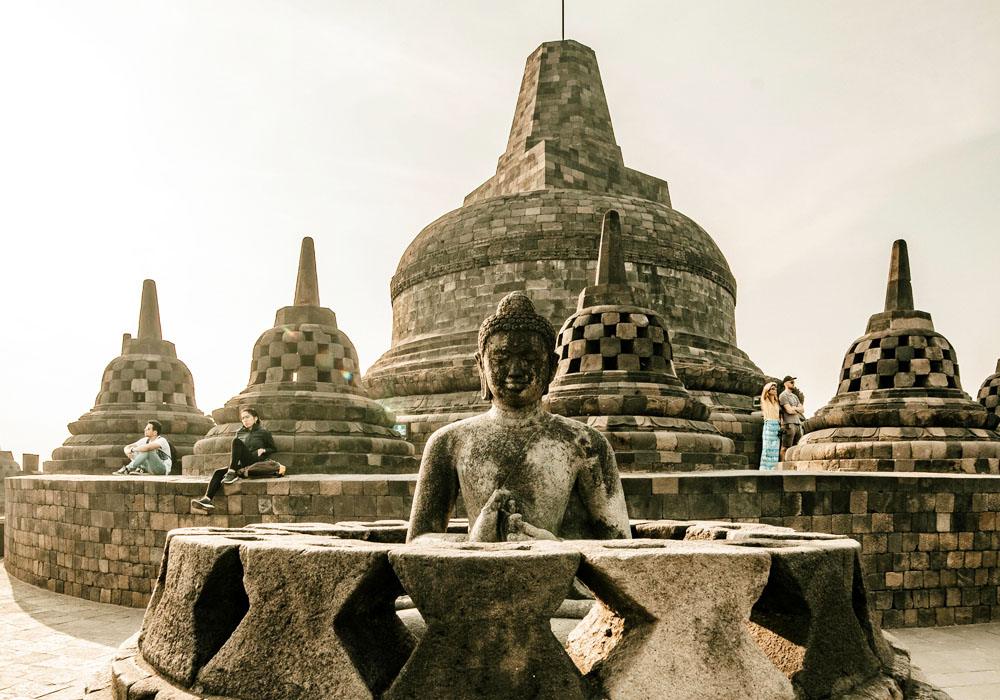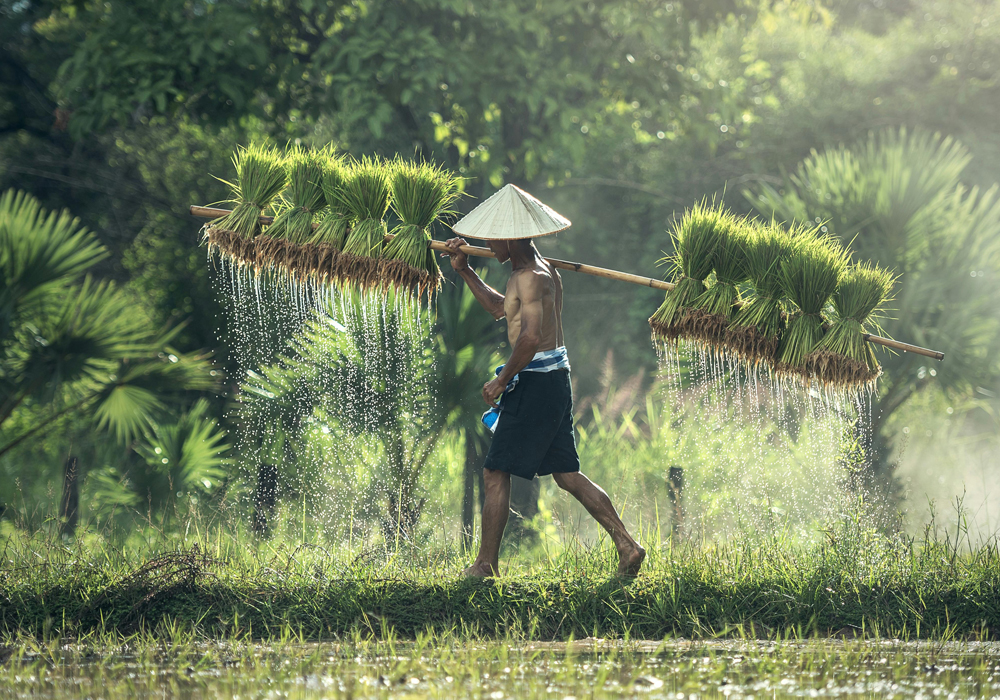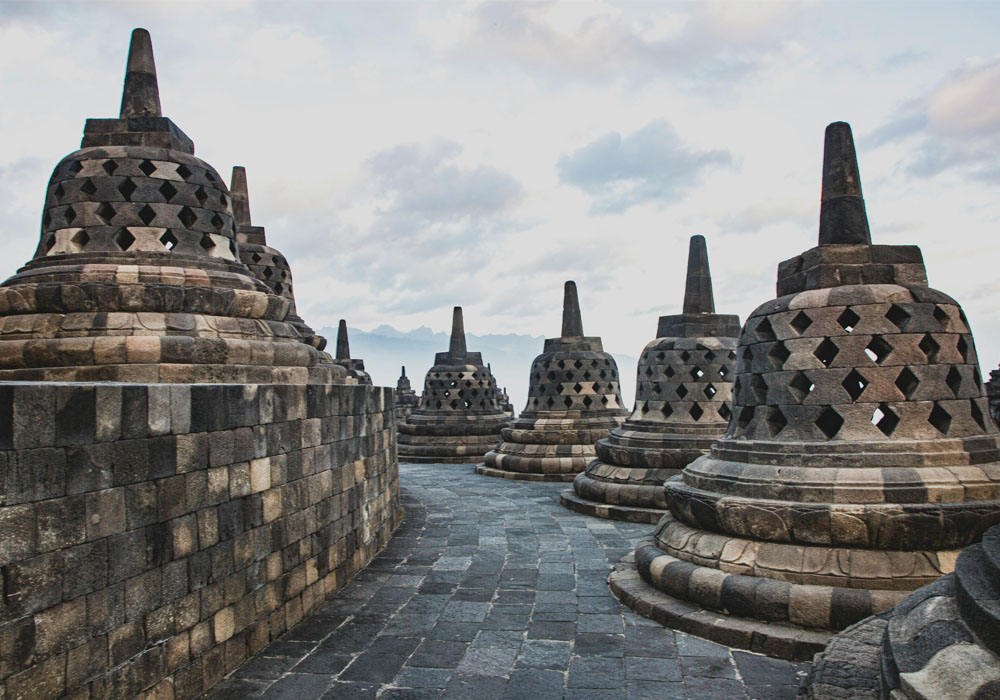Javanese People. Welcome, traveler, to the enchanting island of Java, the beating cultural heart of the Indonesian archipelago! Prepare to be immersed in the world of the Javanese people, an ethnic group whose rich history, intricate traditions, and gentle philosophy have shaped Indonesia for over a thousand years.
From the majestic temples of Borobudur and Prambanan to the serene rice paddies, the Javanese story is one of grace, power, and profound cultural depth.
Where Do the Javanese Come From? The Great Migration
The origins of the Javanese people, like many of their neighbors, are rooted in the massive waves of migration that spanned the Indonesian archipelago. The most widely accepted and substantiated theory places their ancestors within the great Austronesian family.

Imagine a journey that began around 1,500 BC to 1,000 BC. Scholars believe the ancestors of the Javanese originated in Taiwan and embarked on a slow, purposeful migration south, passing through the Philippines before finally settling on the fertile lands of Java. This is the same linguistic and genetic lineage shared by many other Indonesian ethnic groups, including the Sundanese.
While the Austronesian migration theory is dominant, local folklore and historical narratives offer a fascinating tapestry of alternative origins:
- Indigenous Roots: Some archaeologists suggest a continuous lineage stretching back to ancient human fossils like Homo erectus (Java Man) found on the island, indicating deep-seated local roots.
- Indian Influence: Another theory points to migration from the Keling or Kalingga Kingdom in Southern India, a notion tied to the profound Hindu-Buddhist influence that later defined Java’s golden age.
- Mythical Settlers: Legends, like that of the traveler Aji Saka, tell of the first people to establish settlements on the island, a story woven into the very fabric of Javanese historical identity.
The historical cradle of Javanese civilization is often centered in the Kedu and Kewu Plains, nestled in the fertile slopes of Mount Merapi, which was the heartland of the ancient Mataram Kingdom and the base for the powerful Sanjaya and Sailendra dynasties.
Cultural Tapestry: Art, Philosophy, and Everyday Grace
The Javanese culture is a mesmerizing fusion of ancient Kejawèn animism and the Hindu-Buddhist traditions adopted during the powerful kingdoms like Majapahit. Later, Islam harmoniously integrated, resulting in a unique cultural blend that travelers can witness at every turn.
Key Cultural Highlights for Travelers:
- Batik Artistry: A globally recognized craft, Javanese Batik is an intricate method of wax-resist dyeing on fabric. UNESCO has recognized it as an Intangible Cultural Heritage. Patterns like Parang (sword pattern) and Kawung carry deep philosophical meanings, reflecting status, harmony, and wisdom.
- Gamelan Music: The traditional orchestral ensemble of Java, the Gamelan, produces melodic, meditative music using gongs, metallophones, and drums. It is integral to ceremonies, artistic performances, and religious rituals, creating an atmosphere of profound serenity.
- Wayang Kulit (Shadow Puppetry): This classic art form uses leather puppets to perform epic stories from Hindu mythology (like the Ramayana and Mahabharata), serving as a powerful medium for moral and philosophical education.
- Refined Language: The Javanese language itself is a cultural artifact, characterized by intricate levels of speech (ngoko, madya, krama) that reflect social hierarchy, politeness, and respect. This linguistic etiquette underscores the Javanese emphasis on harmony (rukun) and refined conduct (halus).
- Traditional Cuisine: Javanese food is known for its sweet and savory balance. Don’t miss Gudeg (young jackfruit stew), Sate (grilled skewers), and the ever-present Nasi Goreng (fried rice), which often ties into communal and ceremonial meals.
Indonesia’s Majority: A Powerful Presence
The Javanese people are not just a significant ethnic group; they are the overwhelming majority of Indonesia’s population. With a population that easily surpasses 100 million (making them one of the ten largest ethnic groups globally), they comprise approximately 40-41% of Indonesia’s total population.

While their cultural heartland lies in Central and East Java, their influence and presence extend across the entire archipelago, playing a crucial role in the country’s political, economic, and social development. Their historical kingdoms—such as Majapahit, Mataram, and Demak—laid the foundation for much of Indonesian civilization.
Characteristic and Behavior: The Soul of Halus
The Javanese are often characterized by a strong sense of politeness and a reserved demeanor, epitomized by the concept of halus, which means refined, gentle, and subtle.
Key Characteristics for Travelers to Observe:
- Gentle Manner: Javanese are generally known for their smooth nature of speech and a calm, tranquil approach to life. Public displays of strong emotion, particularly anger or boisterous behavior, are traditionally discouraged as they disrupt social harmony.
- Respect and Hierarchy: Respect for elders and those in positions of authority is paramount. Subtle body language cues, such as a slight bow or lowering the gaze, are used when passing or addressing someone older or higher status.
- Etiquette: When visiting homes or sacred places, travelers should always remove their footwear. When handing items or eating, use of the right hand is customary, as the left is traditionally considered unclean.
- Philosophy of Life: Their way of life is often guided by deeply rooted philosophies that stress inner strength and non-violence, such as menang tanpa ngasorake (winning without belittling others) and sugih tanpa bandha (being rich without material wealth).
Decision-Making: The Influence of the Leader and Obedience
The process of decision-making in traditional Javanese society is often characterized by a strong emphasis on consensus, community harmony, and respect for the leader.
The Javanese have a notable cultural trait known as manut, a cultural tendency toward obedience to traditional rules and, crucially, to the leader or elder (Imam can be a religious leader, but the influence here is often broader, encompassing traditional or charismatic figures).
Influence of Leaders:
- Exemplary Figure: The power and authority of a leader (often referred to with respect as a cultural figure, not exclusively a religious “imam”) in Javanese culture is not solely bureaucratic or imposed. It is strongly tied to the leader’s ability to be an exemplary figure who possesses strong spirit, charisma, and good nature.
- Subtle Authority: Authority is often measured by the effectiveness of subtle commands rather than direct, coercive ones. A Javanese leader is expected to facilitate and serve the community’s needs, embodying high values and acting with nobility (budi luhur).
- Collective Harmony: Decisions are traditionally filtered through the lens of maintaining rukun (social harmony). The community often looks to the leader to shoulder the burden of responsibility and guide them toward mutual goals, sometimes leading to a culture of deference and execution of commands rather than full participatory discussion.
- Inner Wisdom: Personal decision-making is also guided by internal cultural concepts like nimbang batin (the inner sense that weighs good, bad, right, and wrong) and the effort toward ingenuity in solving problems (hambudi daya).
A Queen Beneath the Waves: The Mythology of Nyi Roro Kidul
No discussion of Javanese culture is complete without mentioning its most famous mythical figure: Nyi Roro Kidul, the legendary Queen of the Southern Sea (Indian Ocean, or Samudra Kidul).
Nyi Roro Kidul is a prominent supernatural being in both Javanese and Sundanese folklore, embodying the beautiful yet terrifying power of the ocean. The fierce waves and storms of Java’s southern coast naturally inspired a sense of fear and reverence for a powerful, spiritual ruler of the seas.
The Legend of Princess Kandita: In the most common version of her origin, Nyi Roro Kidul was originally Princess Kandita, the only daughter of a king (often Prabu Siliwangi of the Sunda Kingdom).
Due to a curse cast by her jealous stepmother and her transformation into a woman afflicted with a repulsive skin disease, her own father was forced to banish her.
Heartbroken, she wandered south until she reached the Indian Ocean. Upon entering the water, her affliction was miraculously cured, and she was transformed into an eternally beautiful goddess, the formidable ruler of the Southern Sea.
The Green Taboo: A pervasive part of the folklore is the superstition surrounding the color aqua green (gadhung m’lathi). It is widely believed that this color is Nyi Roro Kidul’s favorite, and wearing it along the southern coast of Java is forbidden, as it may “invite” her to claim the wearer’s soul and pull them beneath the waves to join her eternal underwater kingdom.
Nyi Roro Kidul is also often considered the spiritual consort to the Sultans of Mataram and Yogyakarta, symbolizing an alliance between the earthly kingdom and the spiritual realm that secures the kingdom’s prosperity and stability.
Her story remains a vibrant part of Javanese identity, influencing art, ceremonies, and the collective spiritual consciousness of the people.
